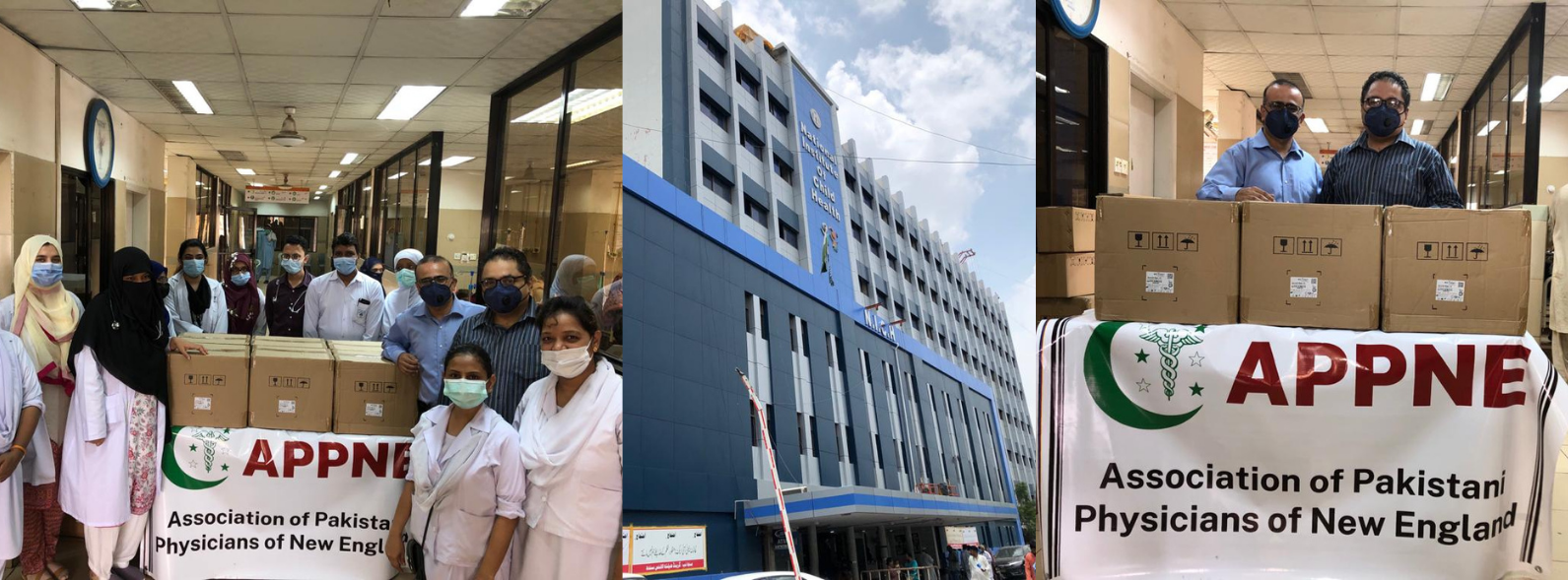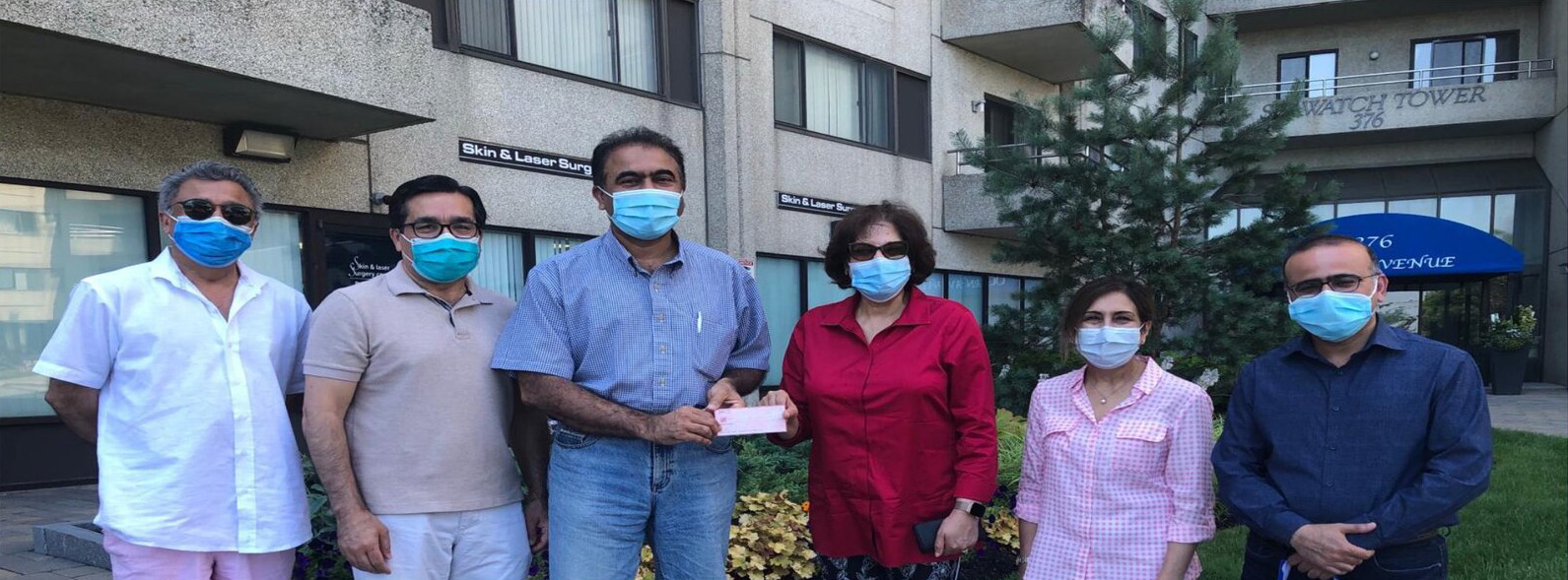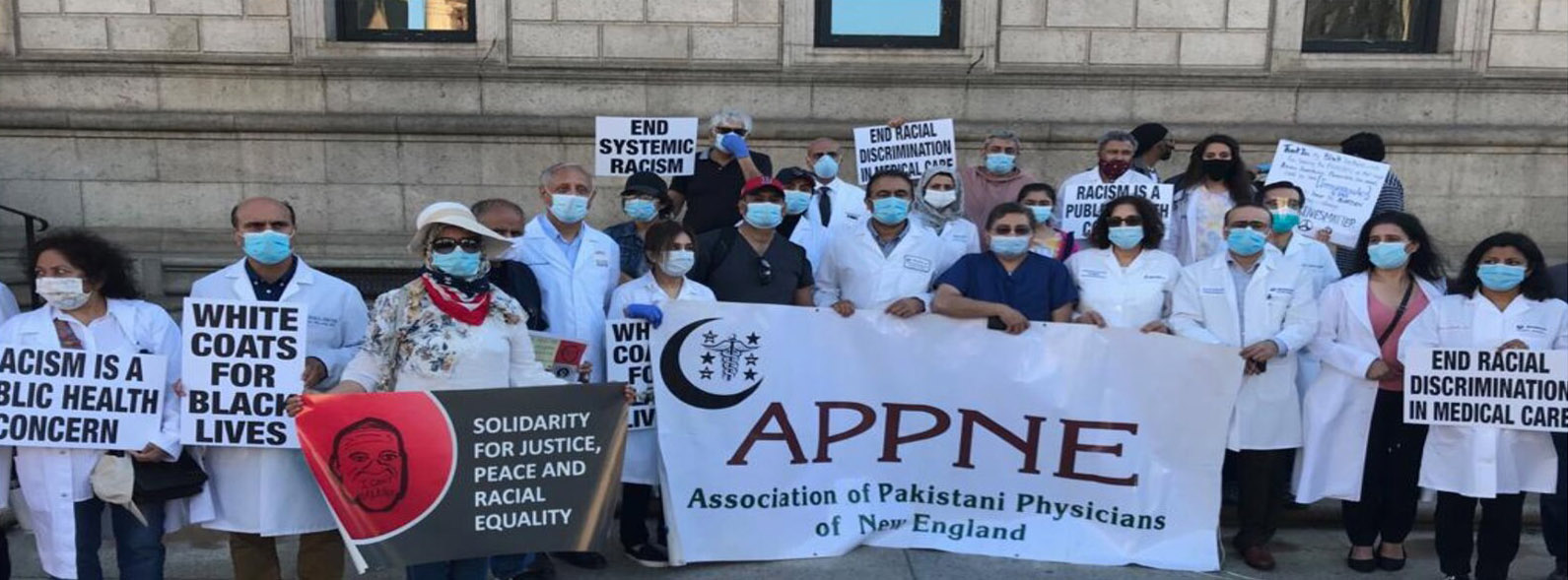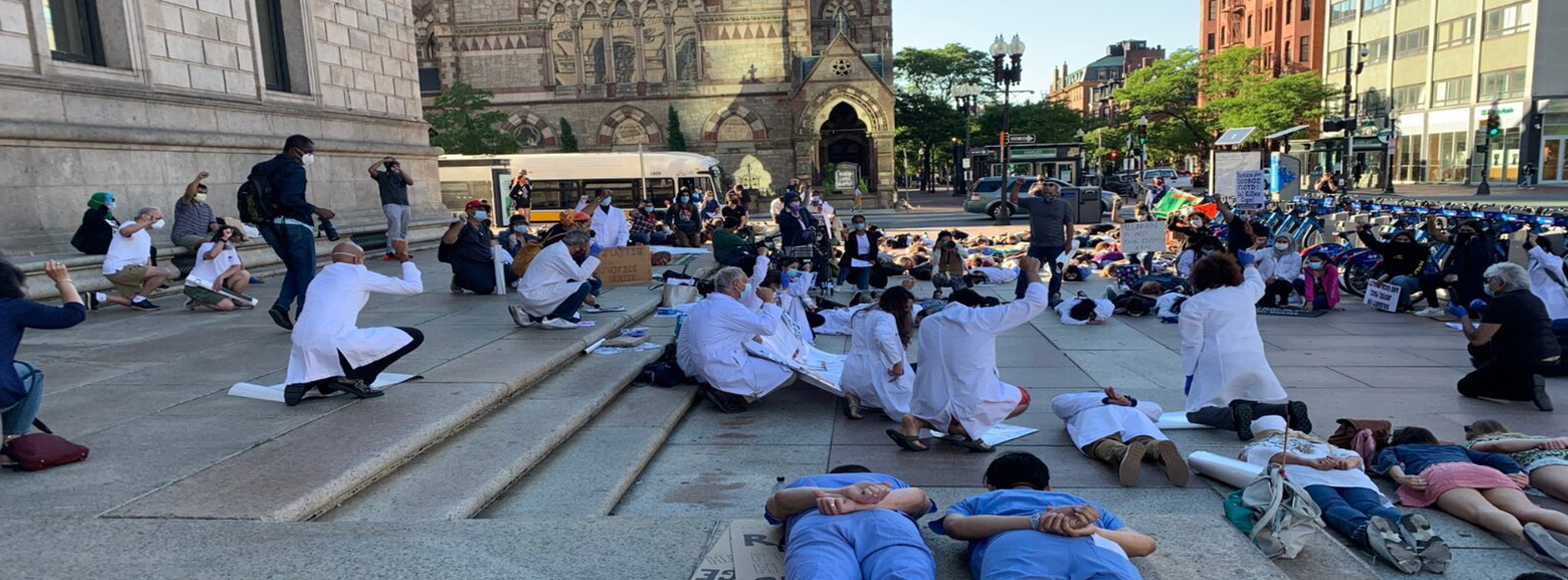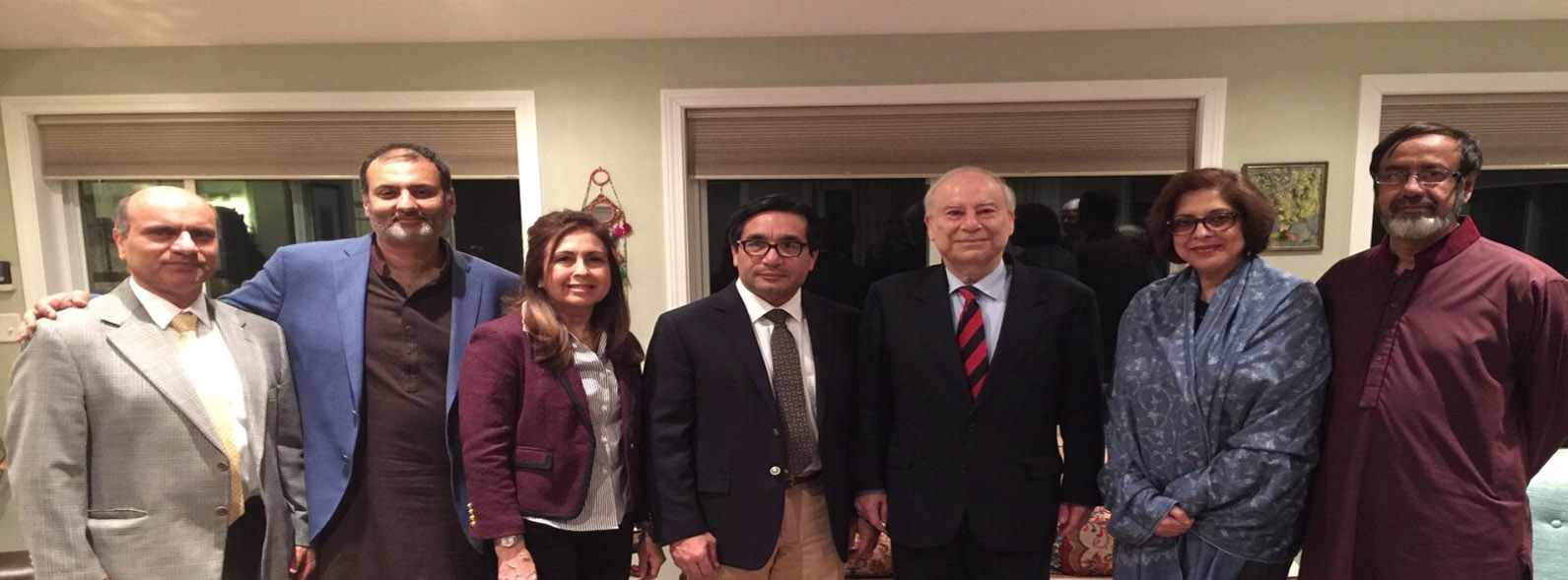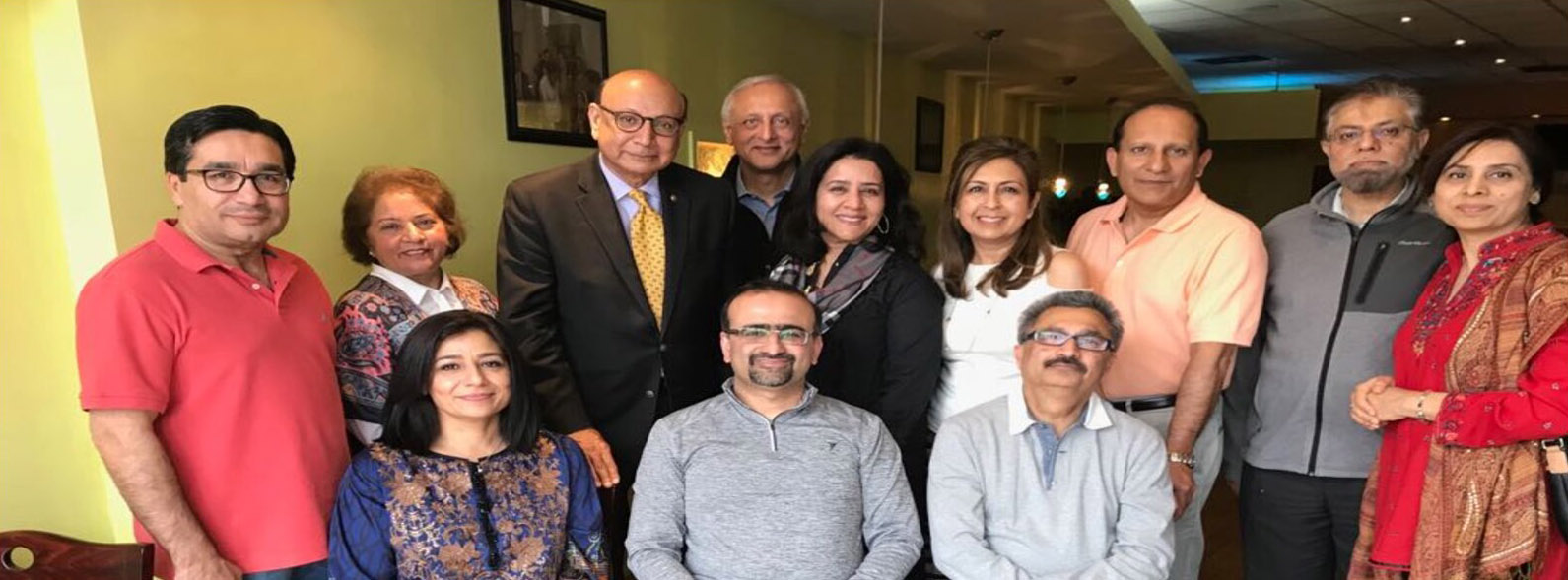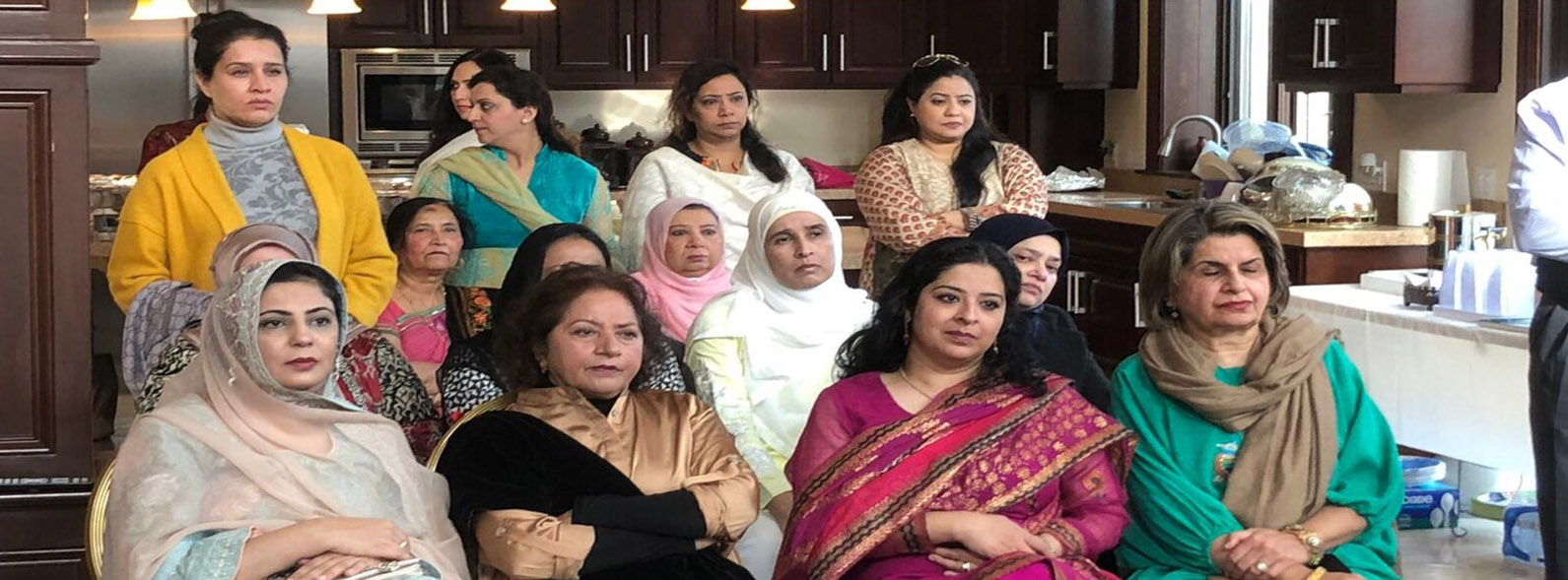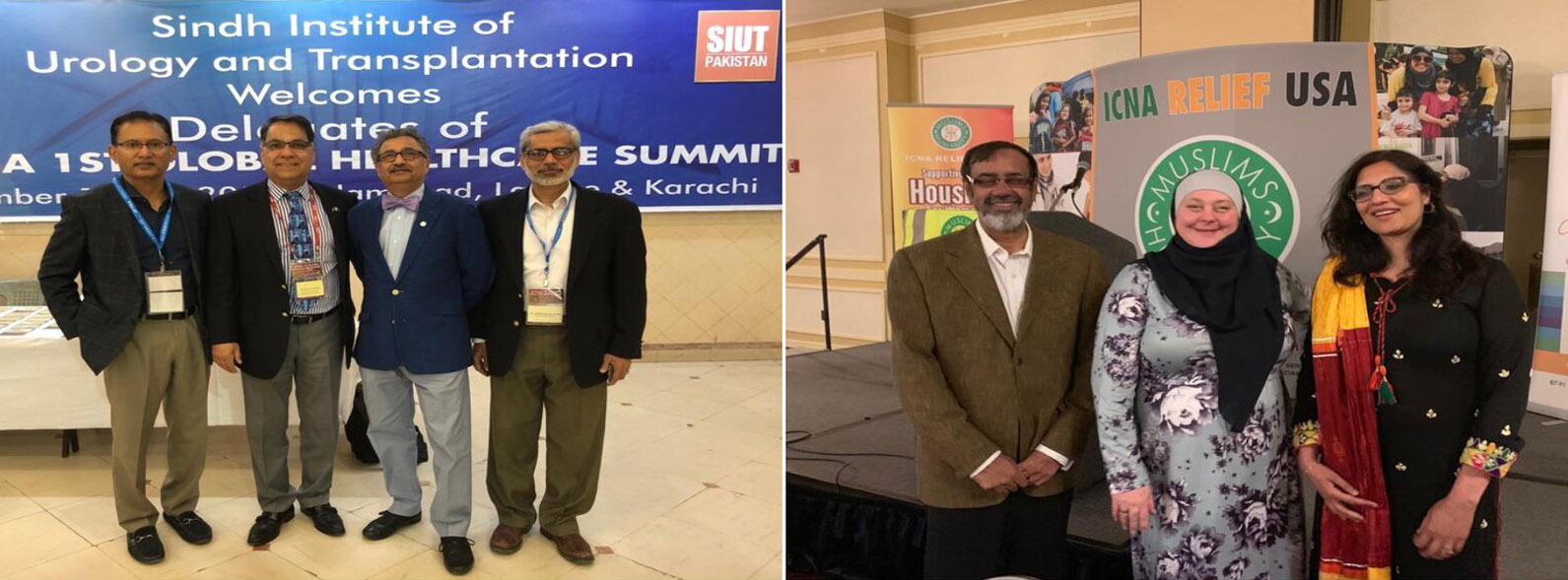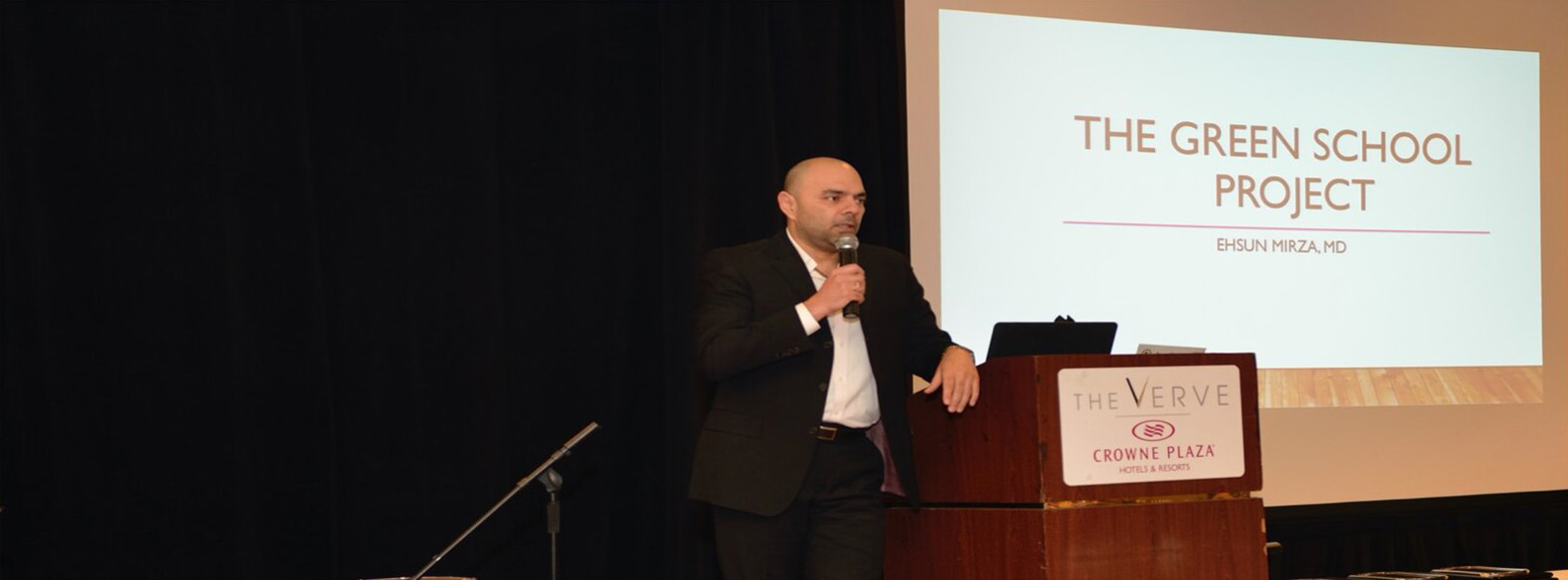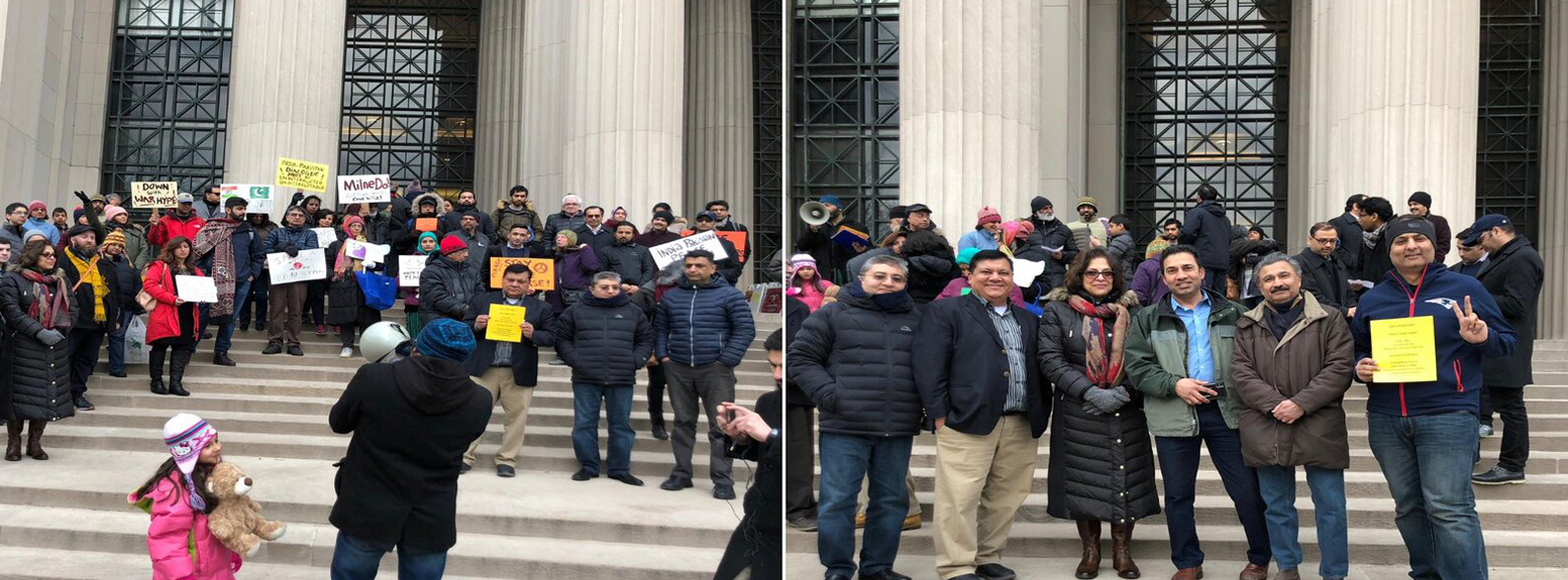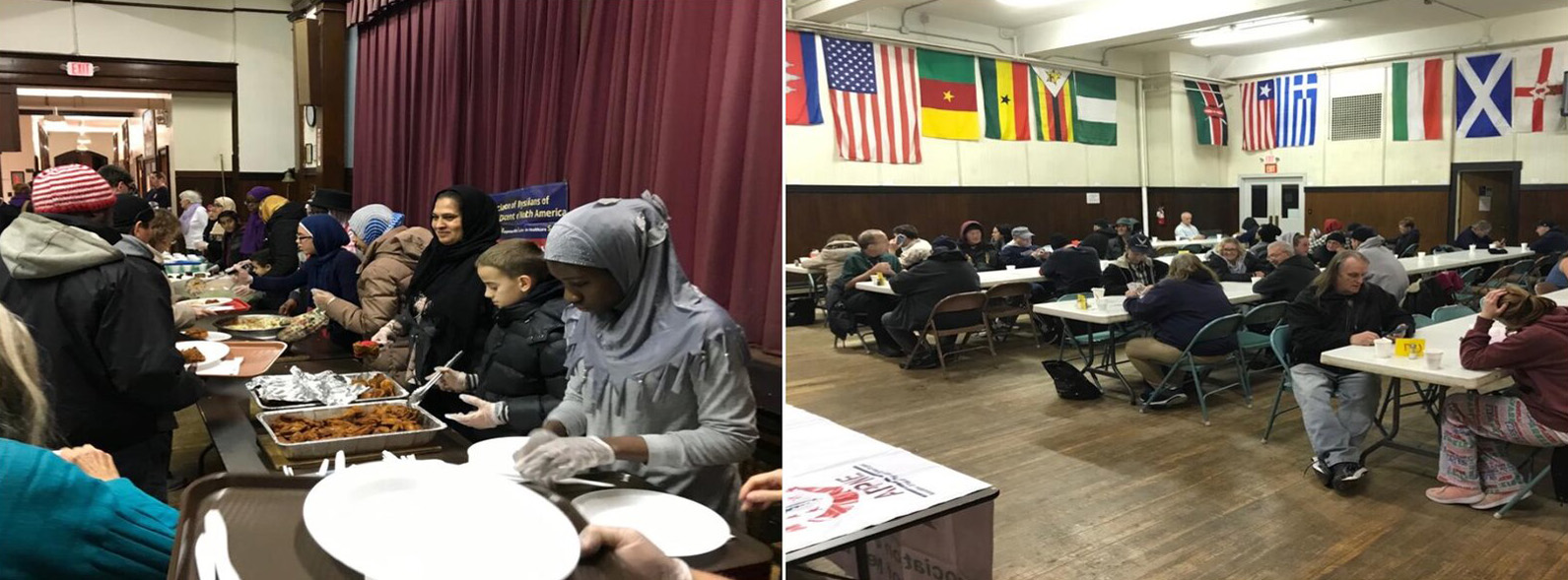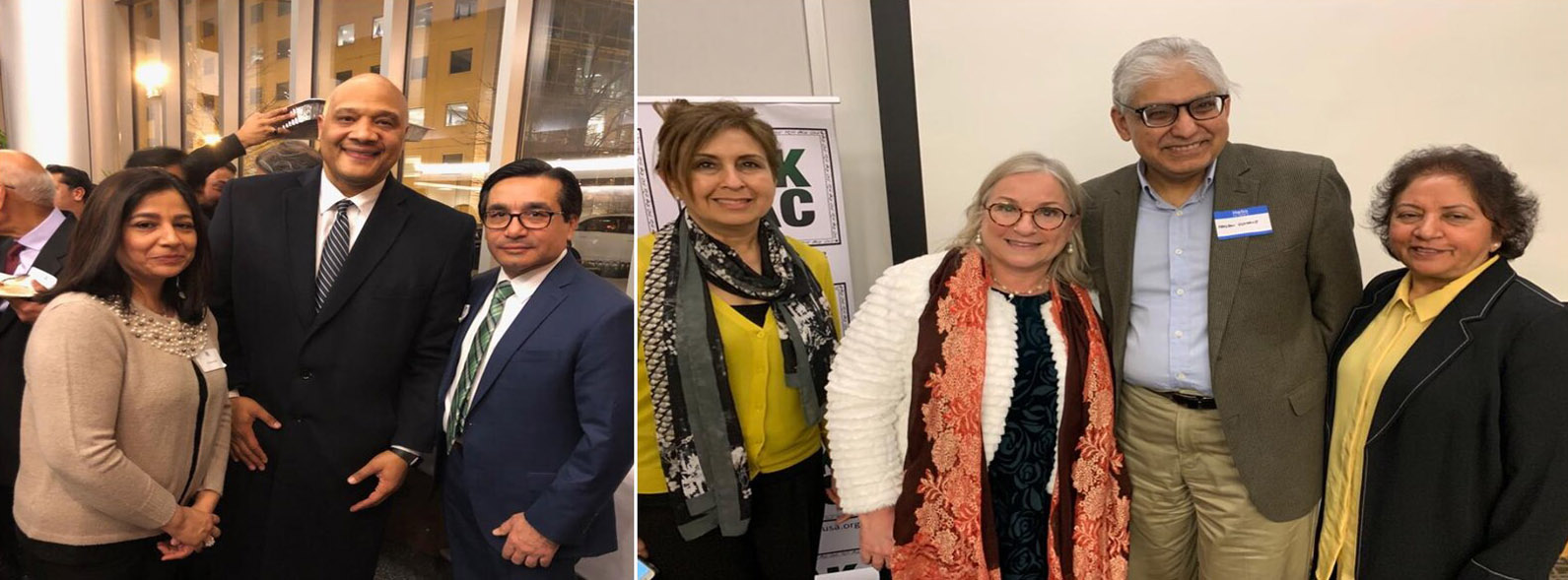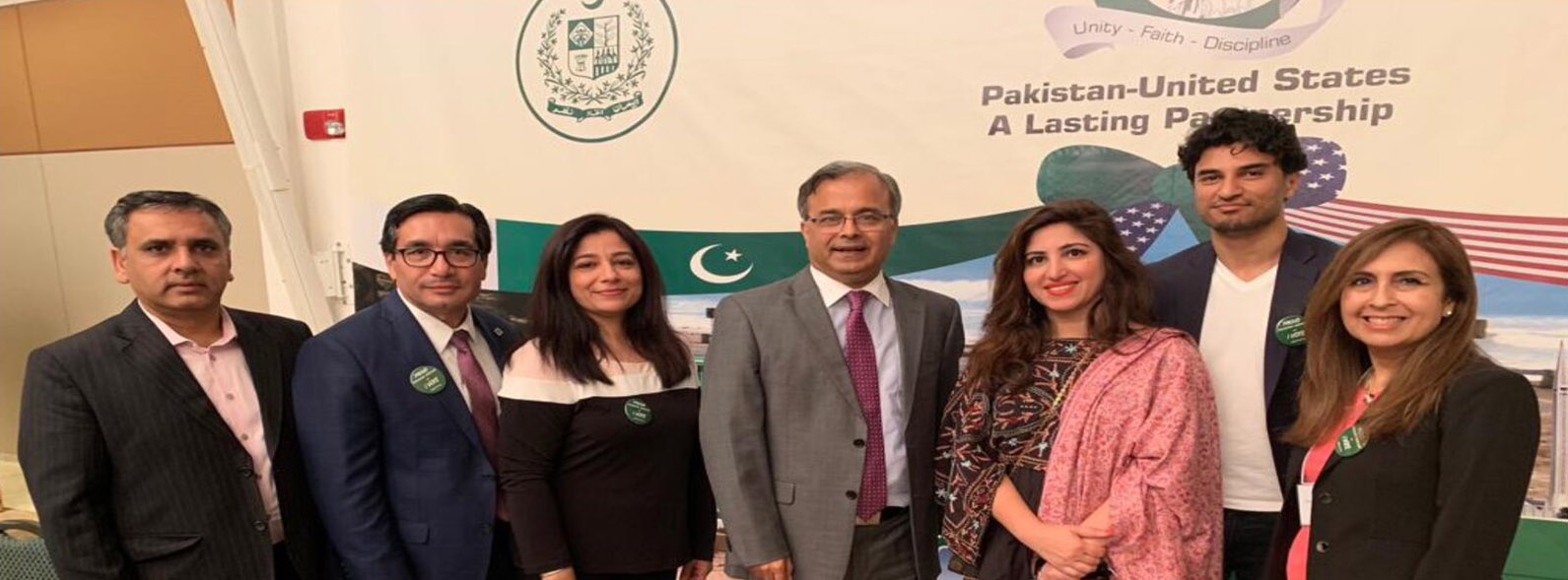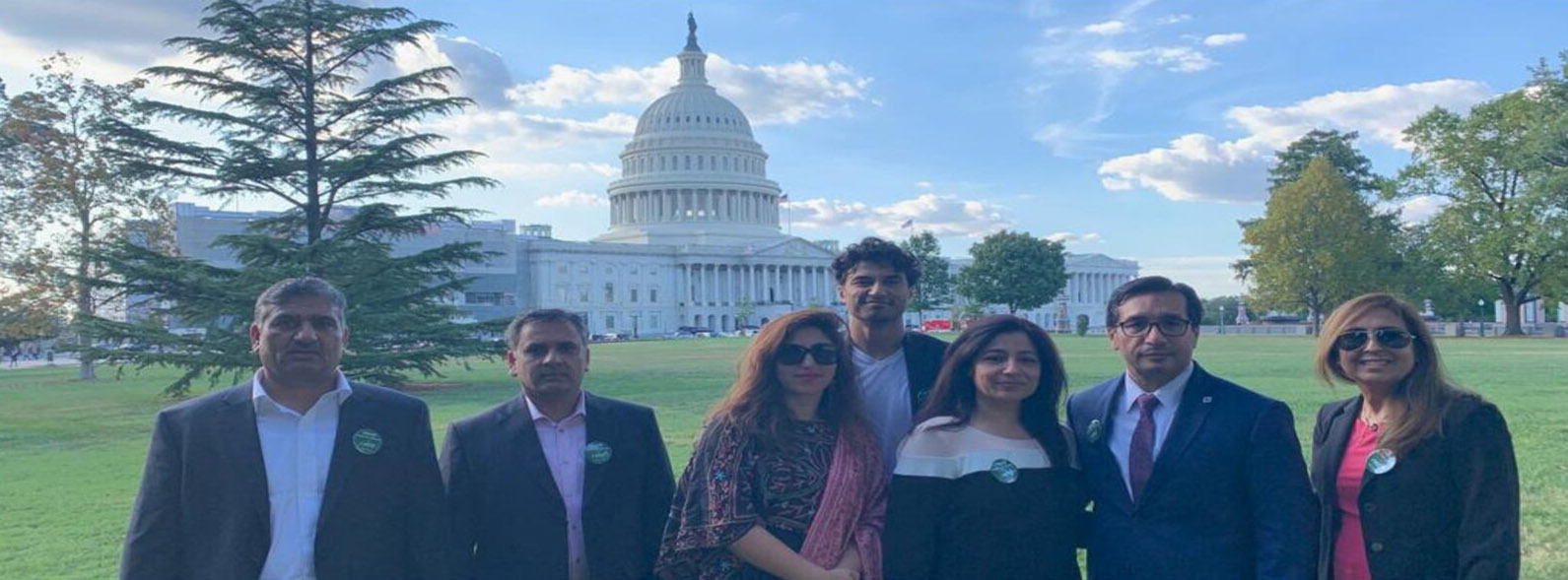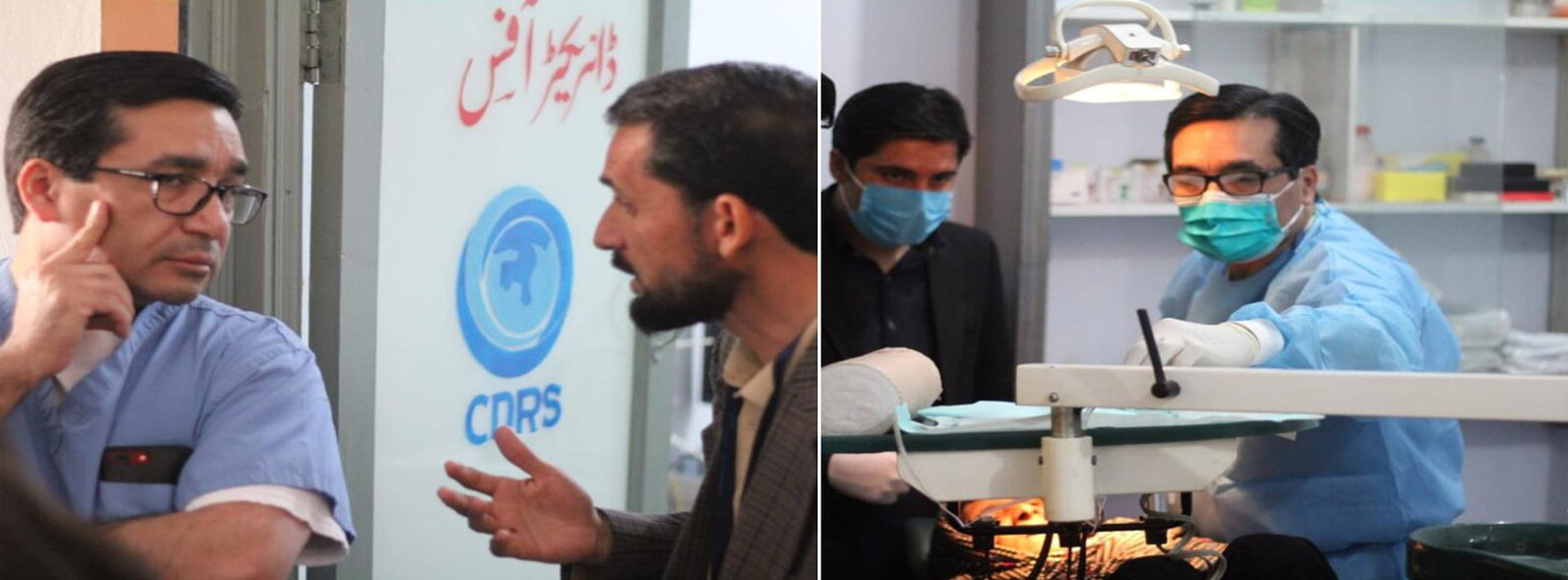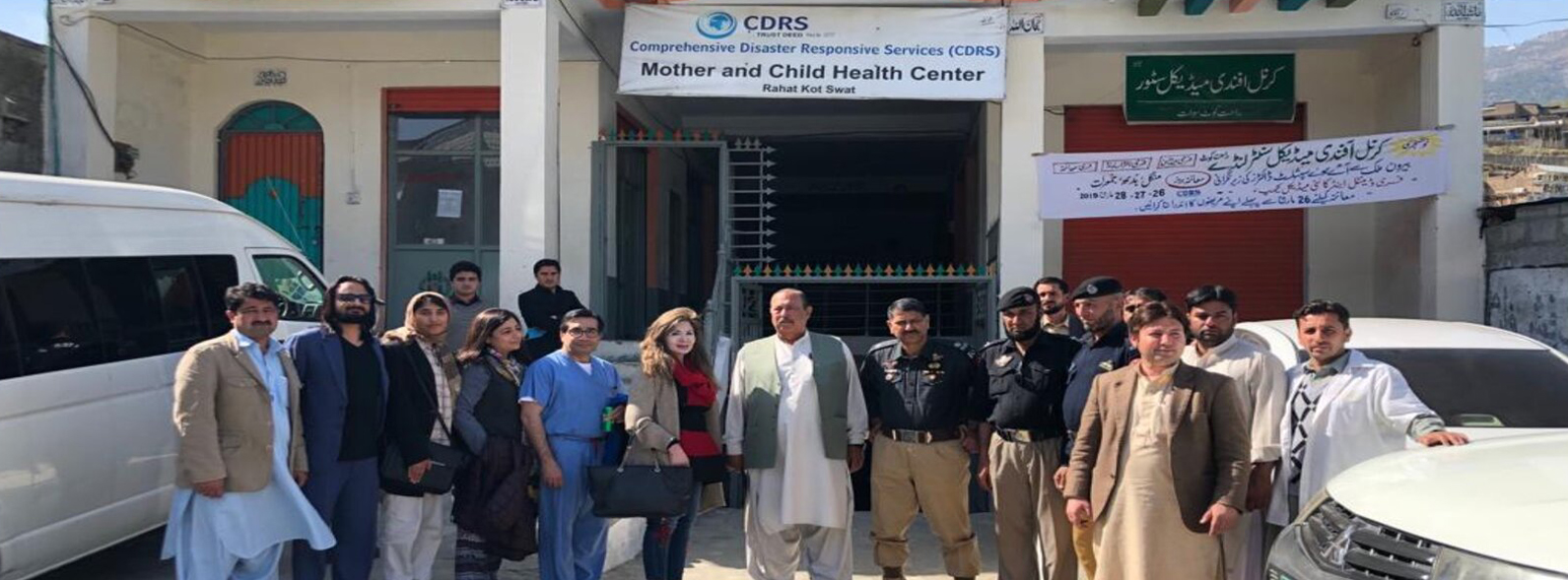- Direct supply of water to the huts of most of the villagers. The rest will get it from a tank, instead of manually pulling it out of a well.
- Household men are now free to look for employment outside the villages which increases the household income.
- Children are now able to go to Green Schools instead of helping the family get water from the well.
- Disposable time for women to work on their handicraft business which also brings in additional income.
- Water is readily available for personal hygiene, washing clothes, kitchen utensils and garden.
- Pregnant women are not getting injured as they are not hauling heavy water containers from well to their homes.
- Quality of water has improved. Because the tube-well system is a closed system, contaminated ropes are not being used. Infant and child mortality and morbidity has improved.
- No need for domestic animals (camels, oxen and donkeys) to haul water out of the well. This has led to saving money and leading to more economic prosperity.
- Less depression and despair as there is more disposable income and less illness in each household.
With this small effort, the lives and health of Thari people, especially women and children, have significantly improved.
10. Neonatal Resuscitation Project, Baluchistan and Sindh
Lead Person(s): Dr. Saima Aftab, Dr. Amna Khan & Dr. Saira Hussain
Project Year: 2015-2016
Pakistan is a dynamic country of over 191 million people. It boasts a rapidly growing economy, is a nuclear power and is home to a number of Nobel and Oscar winning scientists, artists, professionals and thinkers. Sadly Pakistan is also a country with one of the highest infant mortality rates (71/1000 live births) across the world. According to a ‘Save the Children Fund’ report Pakistan has one of the highest ‘First day Mortality Rates’ globally. This is largely attributed to poor in-labor care of the mother and lack of trained personnel for care andresuscitation of the newborn.Helping Babies Breathe HBB is a globally recognized program developed by the AAP (American Academy of Pediatrics). It teaches health workers in low resource settings the basic life saving steps of newborn resuscitation. With support from APPNE and IDSP we started a HBB program to train midwives that work and serve in the remotest parts of rural Baluchistan and Interior Sindh Pakistan. In addition to the skill and training we also equipped these mid wives newborn resuscitation kits. Through IDSP we recently conducted our 4th refresher course on new born resuscitation and HBB. So far we have enrolled and trained total 78 Midwifes that are from 10 districts of Baluchistan and Sindh (Dado,Sibbi,Quetta,Lasbella, Gawadar, Turbat, Awaran, Nosky, Panjgoor, Zhob). Using the skills given through this program our community IDSP midwifes and LHVs have saved 7 babies in under a year and have improved the care of countless others. Are goals are to create master trainers of HBB and also provide resuscitation manikins at the district level so we can do quarterly refresher courses. We are also trying to ensure uniform distribution of resuscitation equipment to midwives and will be collecting data to measure outcomes.OUR HOPE IS TO LOWER OUR INFANT MORTALITY RATES AND IMPROVE SURVIVAL AND HEALTH OF OUR CHILDREN ONE BABY AT A TIME ONE BREATH AT A TIME…..
11. Unarpur Literacy Project, Sindh, Pakistan
Lead Person: Dr. Muhammad Ramzan
Project Year: 2015
APPNE collaborated with Liaquat University of Medical and Health Sciences (LUMHS), Jamshoro, Hyderabad, Pakistan and established a “Computer and Community Health Literacy Center” in Unarpur Village, Sindh, Pakistan. This was one of the cornerstone of APPNE’s long term plans of community service in Pakistan where $20,000 were contributed by APPNE. The land for this project was provided by Dr Ramzan and his family. The center was inaugurated in January 2016 and is being run by LUMHS Department of Community Health Sciences where the Medical Staff and Students provide community health services and computer literacy to the village people.

